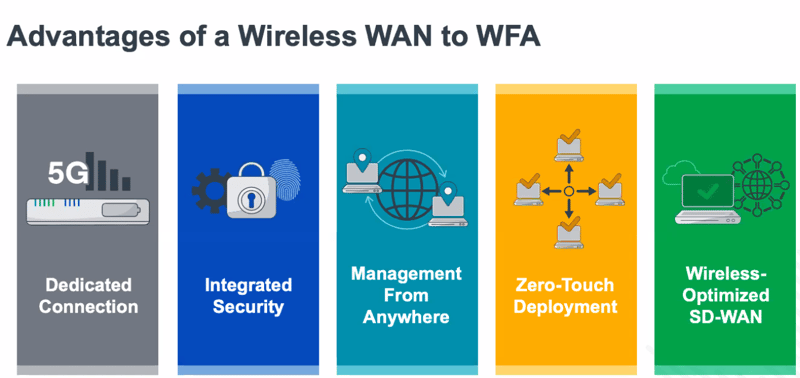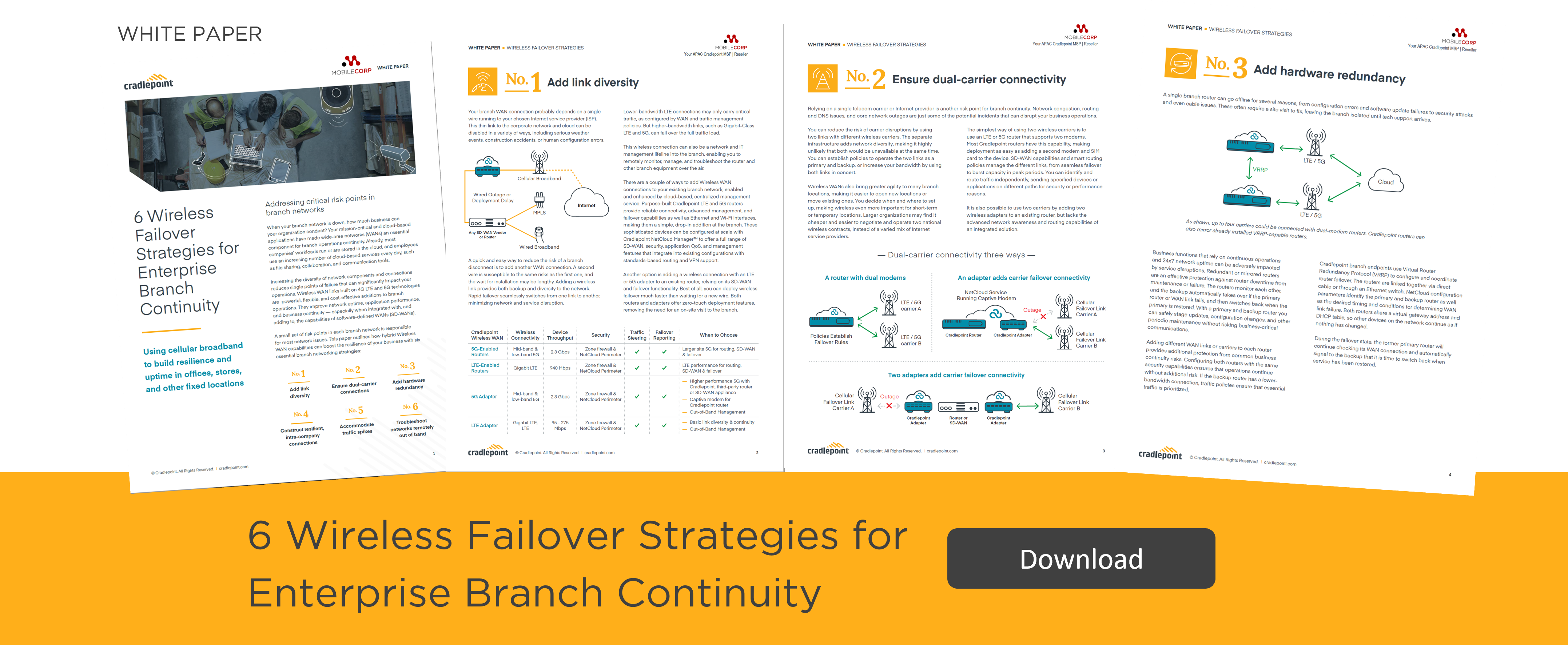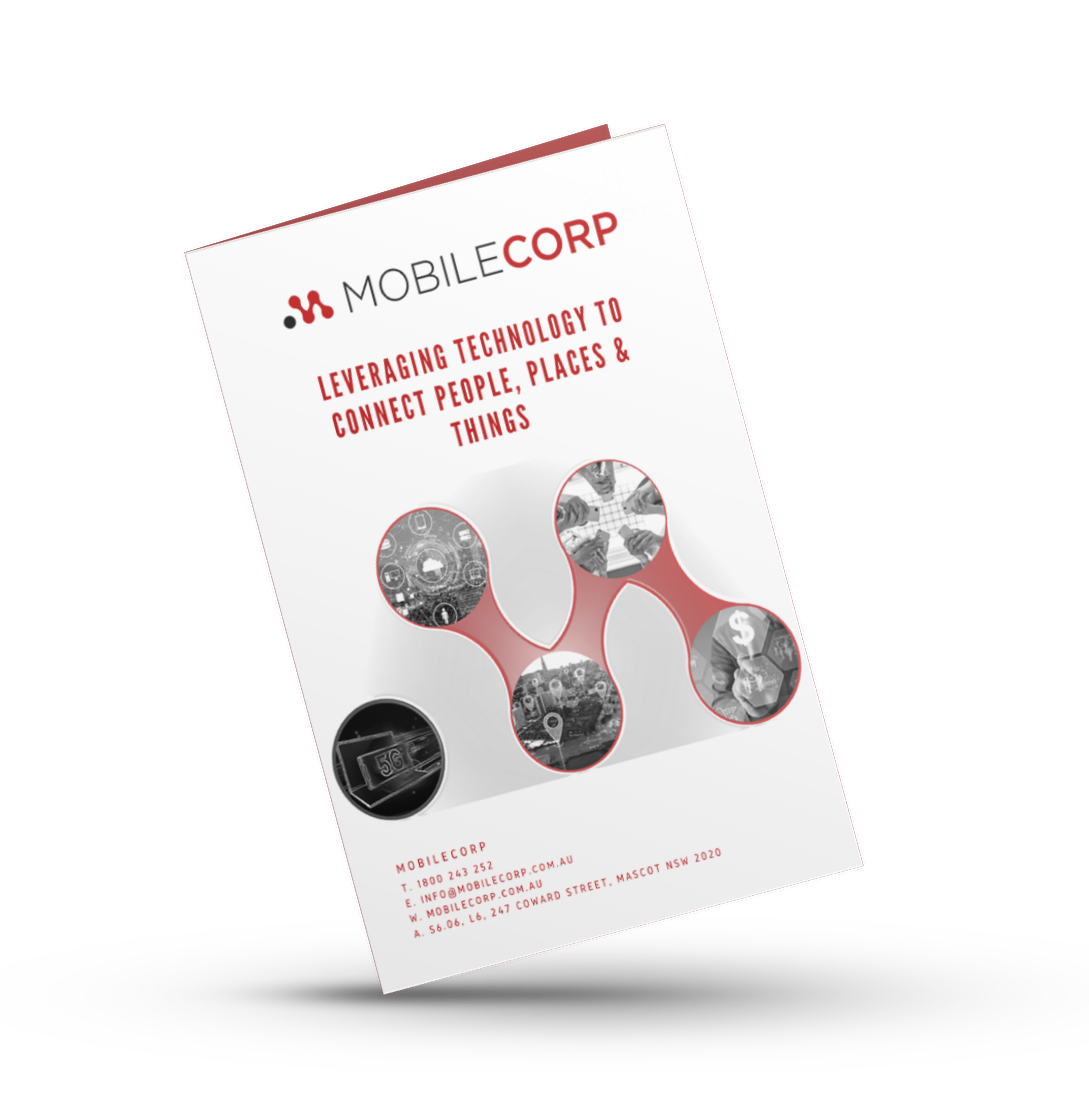There is a compelling case for Wireless WAN as the 'go to' solution to provide emergency backup when wired networks fail.
Traditional wired Wide Area Networks (WAN) are complex, slow to adapt, and only applicable to fixed locations.
As businesses reinvent the way they work and increasingly use cloud-based applications, there is a compelling case for turning to Wireless WAN technology as a failover solution.
How does failover Wireless WAN work?
WAN outages are simply a fact of life whether they are caused by natural or man-made disasters, a power outage, configuration error, or ancient and unreliable fixed networks.
A WAN typically relies on a single wire to connect your branch or corporate network to your Internet Service Provider, who provides access to the Internet. Failover refers to the ability to maintain internet connectivity when the main - primary - link goes down, by routing traffic through the secondary failover link.
In a typical failover configuration with two routers, one is configured as primary and the other as backup. These two devices are coupled by a redundancy protocol and continuously monitor each other and the wide area network links for any sign of disruption.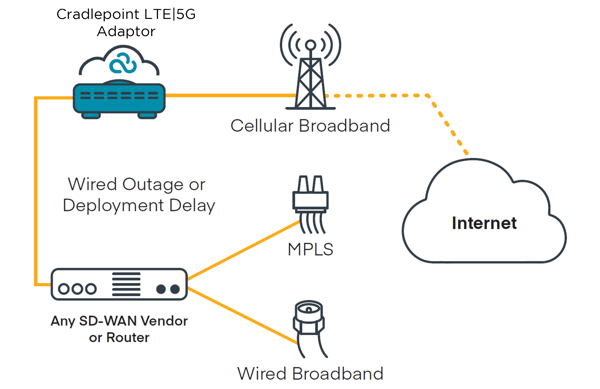
Why use wireless instead of a second wired link for failover?
Wireless WAN can be more than just failover
Segregate application traffic: An organisation can choose to use an affordable wireless link continuously, separating sensitive or mission-critical applications from more generic web traffic or guest networks. Sophisticated traffic management capabilities enable policies to define when the wireless links are used, with full awareness of wireless services and any restrictions or caps.
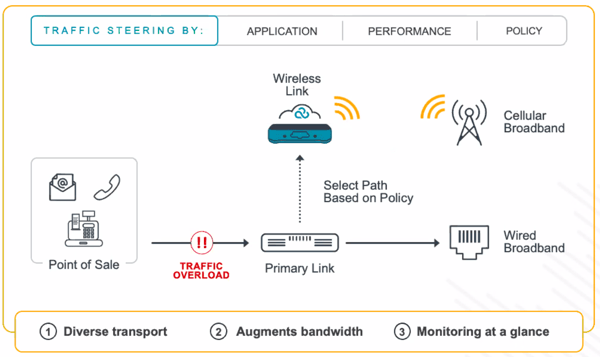
Alternate pathway for IT support: Wireless connections can also provide an alternative line into the branch for network and IT operations, enabling remote management and troubleshooting of branch equipment. Wireless WAN capabilities can be added to branch networks with an external adapter on an existing router, or by dropping in a purpose-built wireless router.
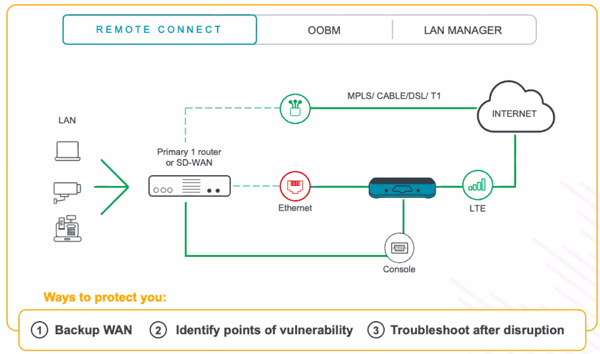
Failover is the gateway to 5G and primary Wireless WAN
- long-term DR connectivity when wired services go down for months, e.g., after natural disasters
- startup connectivity for branches, so they can get online weeks earlier than when waiting for wired links
- ultimately a primary connectivity, permanently replacing wired links
- 75% of participants use WWAN for failover
- 67% of participants use WWAN for primary connectivity
- 45% use WWAN for startup connectivity
Australian enterprises are embracing Cradlepoint wireless solutions
MobileCorp is working with a number of Australian enterprises who have embraced the philosophy of Cradlepoint's wireless WAN solutions for failover and also for segregating mission critical traffic utilising Telstra LANES.
"We always knew this was coming. It was only a matter of time before wireless WAN became a viable option for enterprise business and we are on the cusp of real uptake.
"The use cases are many - from temporary or pop-up connectivity, to scalable branch networks, remote working connectivity, and edge IOT device networks.
"The benefits are also considerable led by agility of scaling locations and bandwidth. As a bonus any connectivity solution that utilises Cradlepoint routers will be future-proofed for 5G. This is the outcome we want for our customers - a wireless network solution that works brilliantly now with LTE and will integrate with 5G as it becomes available."
Peter Jonson, MobileCorp Managed Services Director
MobileCorp’s Cradlepoint managed service
MobileCorp is a Cradlepoint Elite Partner and the APAC Growth Partner of the Year.
We offer Cradlepoint network solutions and a managed service which is carrier agnostic and includes:
- network solution architecture
- hardware procurement or leasing
- router configuration and deployment
- NetCloud portal configuration
- 24/7 monitoring of equipment and links
- level 2 service desk including:
- fault diagnosis and resolution
- remote equipment diagnostic and reprogramming
- phone support
- response and restoration targets
- priority replacement program for hardware
- device retrieval/redeployment program for security of hardware
- monthly reporting
- Telstra customers may have hardware and managed service fees charged against the monthly Telstra bill
Download White Paper
Related Blogs
Wireless Networks deliver innovative responses to Covid-19 in USANo NBN or fixed infrastructure? No worries for Sydney warehouse
What is the Cradlepoint 5G for Enterprise Branch solution?
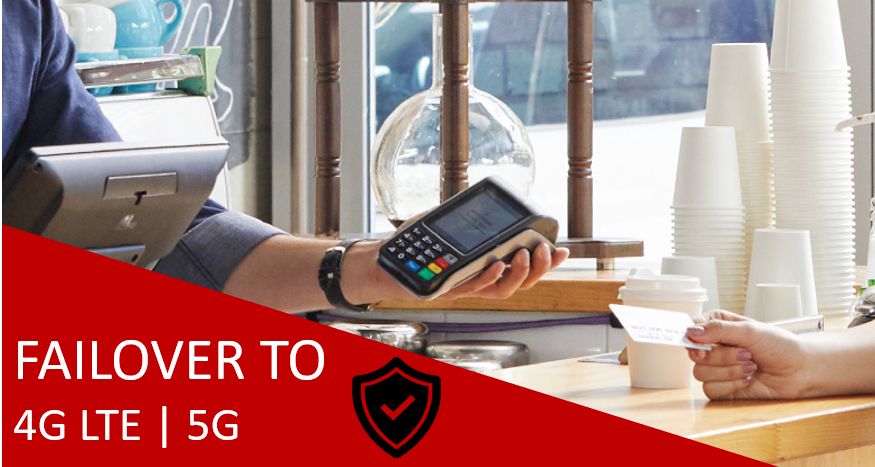
About MobileCorp
MobileCorp is an enterprise ICT solutions company with a mission to deliver our customers a communications technology edge. At MobileCorp we believe in being at the forefront of ICT technology shifts so that we can bring trusted insights and innovative solutions to our customers.
We provide Managed Mobility Services, Enterprise Mobility Management, Complex Data and IP Networks, and Unified Communication solutions. We have a proven track record providing managed services for Australian enterprise and business, and are a Telstra Platinum Partner.
Cradlepoint Michelle Lewis 26 Sep 2023
Related Posts
Popular Tags
- Mobile Devices (81)
- Mobility (81)
- Telstra (66)
- 5G (64)
- MobileCorp Managed Services (55)
- Mobile Network (36)
- Networks (34)
- Cradlepoint (32)
- Apple (29)
- MobileCorp (29)
- iPhone (25)
- Remote Working (23)
- Network (17)
- Covid-19 (16)
- Mobile Security (15)
- Wireless WAN (15)
- Cyber Security (14)
- UEM (14)
- MDM (11)
- Mobile Expense Management (10)
- Mobile Device Management (9)
- TEMs (9)
- Mobile Device Lifecycle (8)
- Cloud (7)
- Unified Comms (7)
- Unified Communications (7)
- Wandera (7)
- Android (6)
- Sustainability (6)
- Data Networks (5)
- Network Security (5)
- Samsung (5)
- Security (5)
- Digital Experience (4)
- IOT (4)
- Microsoft Intune (4)
- Blog (3)
- IT Services (3)
- Microsoft (3)
- Data (2)
- Government (2)
- Microsoft 365 & Teams (2)
- Retail (2)
- nbn (2)
- webinar (2)
- 4G (1)
- DAS (1)
- EMM (1)
- Emerging Technologies (1)
- Hosted Telephony (1)
- Managed Desktops (1)
- SD-WAN (1)
- Starlink (1)
- Telstra Services (1)
- WWAN (1)
- video (1)



